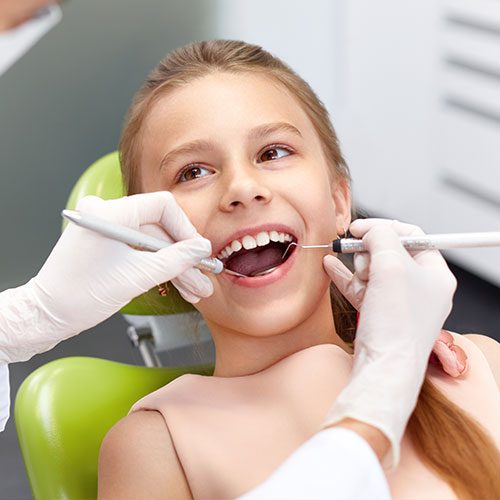Tooth decay is one of the most common childhood diseases and contributes to many days of missed school in addition to interfering with other activities. Fortunately, cavities are preventable, and fluoride treatments are an important tool in that effort.
Fluoride treatments make the teeth stronger and more cavity-resistant. Fluoride is particularly valuable when children lack environmental exposure to fluoride in their home water supply or when conditions are present that increase susceptibility to tooth decay. Our process of applying fluoride to the teeth is painless and convenient for patients.
Fluoride Treatments: An Important Role in Cavity Prevention
Fluoride is a remarkably effective tool in the battle against tooth decay. Up to 25 percent of cavities can be prevented by fluoride.
Some parents may think that their child gets sufficient exposure to fluoride through drinking water, but that is not always the case. Fluoridation levels are not adequate for cavity prevention in some municipal water treatment systems, and patients who drink primarily bottled water are getting no supplemental fluoride at all.

